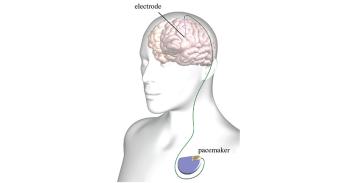A study has found that some ’‘colour blind’ people can see a variety of colours as diverse as those seen with the normal eye.
A study has found that some ’‘colour blind’ people can see a variety of colours as diverse as those seen with the normal eye.
The study, published in the journal Current Biology (December 6) by researchers from the Department of Experimental Psychology at the University of Cambridge and the University of Newcastle Upon Tyne, developed from a third-year undergraduate project in Neuroscience by Jenny Bosten and Joanna Robinson, under the supervision of John Mollon and Gabriele Jordan.
They researched the most common form of colour blindness, known as deuteranomaly, which affects six per cent of men. The researchers had deuteranomalous and "colour-normal" individuals to rate the differences between pairs of colours that were predicted by the researchers to look different to those with colour blindness but the same to those with normal colour perception. A statistical technique called Multidimensional Scaling was then used to reveal the private colour space of the deuteranomalous person.
The colour blind are able to see a “colour dimension" inaccessible to those with normal vision.
All humans have some form of colour blindness as the human eye is unable to distinguish all the physical variations in the light reflected to us from surfaces. What colours we can see depends on three types of colour sensor in our retina. Men who are colour blind have the three cones but one has a peak sensitivity shifted from the common position in the spectrum.
This work is licensed under a Creative Commons Licence. If you use this content on your site please link back to this page.





